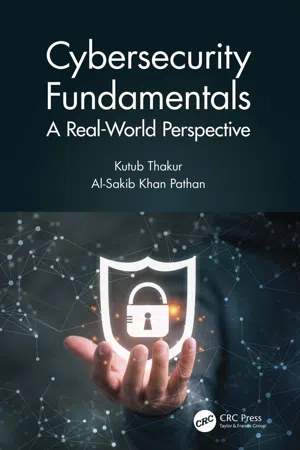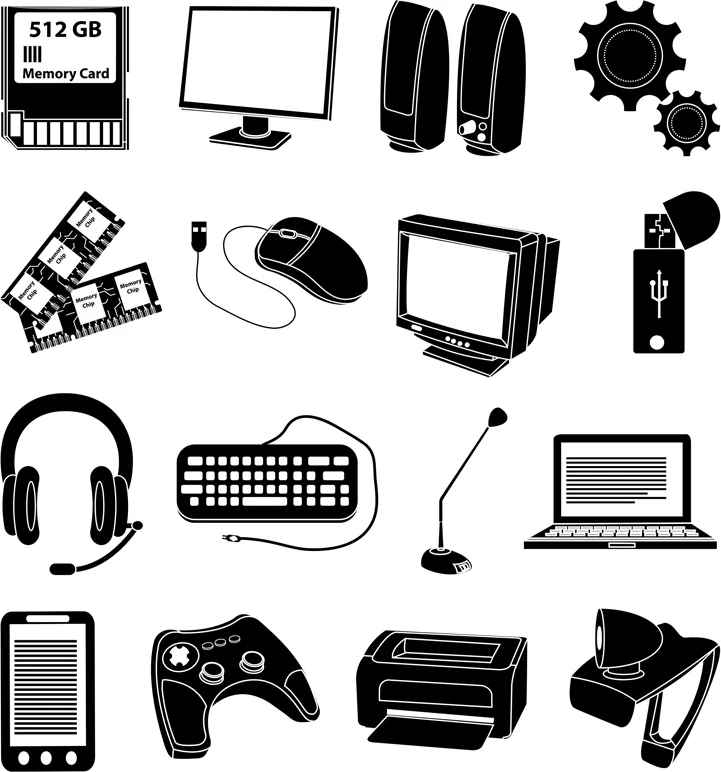
- 288 pages
- English
- ePUB (mobile friendly)
- Available on iOS & Android
About this book
Cybersecurity Fundamentals: A Real-World Perspective explains detailed concepts within computer networks and computer security in an easy-to-understand way, making it the perfect introduction to the topic. This book covers fundamental issues using practical examples and real-world applications to give readers a rounded understanding of the subject and how it is applied. The first three chapters provide a deeper perspective on computer networks, cybersecurity, and different types of cyberattacks that hackers choose to unleash on cyber environments. It then goes on to cover the types of major computer malware and cybersecurity attacks that shook the cyber world in the recent years, detailing the attacks and analyzing their impact on the global economy. The details of the malware codes that help the hacker initiate the hacking attacks on networks are fully described. It then covers high-tech cybersecurity programs, devices, and mechanisms that are extensively adopted in modern security systems. Examples of those systems include intrusion detection systems (IDS), intrusion prevention systems (IPS), and security firewalls. It demonstrates how modern technologies can be used to create and manage passwords for secure data. This book also covers aspects of wireless networks and their security mechanisms. The details of the most commonly used Wi-Fi routers are provided with step-by-step procedures to configure and secure them more efficiently. Test questions are included throughout the chapters to ensure comprehension of the material. Along with this book's step-by-step approach, this will allow undergraduate students of cybersecurity, network security, and related disciplines to gain a quick grasp of the fundamental topics in the area. No prior knowledge is needed to get the full benefit of this book.
Frequently asked questions
- Essential is ideal for learners and professionals who enjoy exploring a wide range of subjects. Access the Essential Library with 800,000+ trusted titles and best-sellers across business, personal growth, and the humanities. Includes unlimited reading time and Standard Read Aloud voice.
- Complete: Perfect for advanced learners and researchers needing full, unrestricted access. Unlock 1.4M+ books across hundreds of subjects, including academic and specialized titles. The Complete Plan also includes advanced features like Premium Read Aloud and Research Assistant.
Please note we cannot support devices running on iOS 13 and Android 7 or earlier. Learn more about using the app.
Information
1
Computers and Networks

1.1 Introduction to Computers

- Firmware
- Operating system or OS software
- Device drivers
- Application software
- Central processing unit (CPU)
- Data storage
- Input devices
- Output devices (input and output devices are often together called “I/O devices”)
1.2 History of Computers
1.2.1 First Generation (1937–1946)
1.2.2 Second Generation (1947–1962)
1.2.3 Third Generation (1963–1971)
1.2.4 Fourth Generation (1971–2010)
1.2.5 Fifth Generation (2010–Present)
1.3 Components of Modern Computer

1.3.1 Input Devices

- Keyboard
- Microphone
- Barcode reader
- Camera
- Electronic pen
- Joystick
- MIDI (Musical Instru...
Table of contents
- Cover
- Half Title
- Title Page
- Copyright Page
- Dedication
- Table of Contents
- Preface
- About the Authors
- 1 Computers and Networks
- 2 Cybersecurity Basics
- 3 Types of Cyberattacks
- 4 Recent Cyberattacks and Their Impact
- 5 Types of Computer Malware
- 6 Securing Your Computers
- 7 Password Management
- 8 Prevention from Cyberattacks
- 9 Wireless Network Security
- 10 Secure Online Shopping and Internet Browsing
- 11 Mobile Device Security
- 12 Cybersecurity Standards
- Index